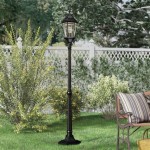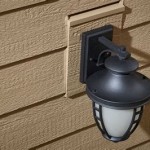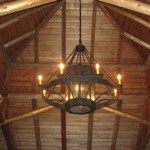Essential Aspects of Outdoor Tennis Court Lighting Layout
Properly designed and installed lighting systems are essential to ensure the safety and enjoyment of outdoor tennis court users. A well-lit tennis court allows players to compete at their best and avoids accidents caused by poor visibility. Consider these critical aspects to create an effective outdoor tennis court lighting layout.
Height and Placement
The height and placement of lighting fixtures greatly impact court illumination. Aim to mount the lights at least 20-30 feet above the playing surface. This ensures an even distribution of light and minimizes glare. Place the lights strategically around the court, taking into account the dimensions and orientation to avoid dark spots or areas of excessive brightness.
Light Coverage and Intensity
Determine the required light coverage and intensity based on the size of the court, usage level, and competition requirements. International Tennis Federation (ITF) standards recommend a minimum of 300 lux for recreation and 500 lux for competitive play. Ensure the light distribution is uniform to create a similar playing experience throughout the court.
Glare Control
Excessive glare can be a significant issue in outdoor lighting systems. To mitigate glare, use fixtures with built-in glare shields or louvers. Consider using asymmetric optics to direct light toward the playing surface and away from the spectators' eyes.
Pole and Structure Design
The choice of poles and structures should complement the lighting layout. Select poles that can withstand the elements and provide adequate support for the lighting fixtures. Consider using lightweight, corrosion-resistant materials, such as fiberglass or aluminum.
Energy Efficiency
Given the extended usage periods of outdoor tennis court lighting, energy efficiency is a crucial factor. Opt for LED lighting fixtures, which consume less energy and have a longer lifespan than traditional lighting sources. They also provide better light quality and color rendering.
Controls and Automation
Implement control systems to manage the lighting setup efficiently. Install sensors or timers to automatically adjust the lighting intensity based on ambient light levels or usage schedules. Consider remote control options for convenient operation and energy savings.
Maintenance and Safety
Regular maintenance is essential to ensure the longevity and safety of the outdoor tennis court lighting system. Schedule cleaning and inspection to remove dirt, dust, or debris that can affect light output. Ensure the poles and structures are secure and free of corrosion. Conduct electrical safety checks regularly.
Conclusion
A well-designed outdoor tennis court lighting layout is crucial for safe and enjoyable play. Consider the factors discussed in this article to achieve optimal illumination, glare control, energy efficiency, and safety. By following these guidelines, you can create a high-quality lighting system that enhances the overall playing experience.

Led Tennis Court Lighting Layout Design Guide Sports Venue Calculator

Single Tennis Court Led Lighting Layout With Four Poles Sports Venue Calculator

Tennis Court Lighting Layout

The Guide To Sports Lighting Take Tennis Court For Example Agc

Tennis Court Architectural Lighting Led Stadium Flood Lights

The Guide To Sports Lighting Take Tennis Court For Example Agc

Led Tennis Court Lighting Layout Design Guide Sports Venue Calculator

Announcement Outdoor Tennis Court Lighting Ligman

Led Tennis Court Lighting Layout Design Guide Sports Venue Calculator

Tennis Court Lighting Layout How To Arrange Led Lights In Sport Light Supply







